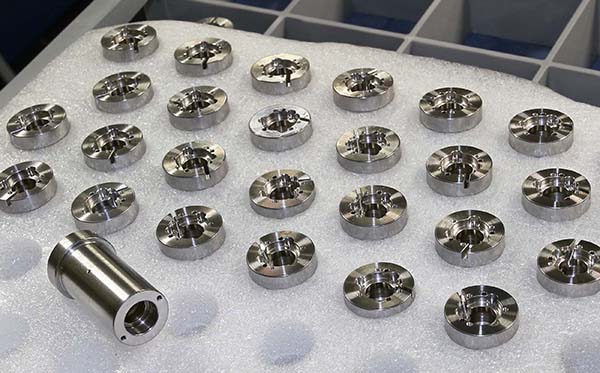Galvanometers for laser-beam steering and scanning in surgical, analytical and other applications include a precision-machined housing in which the stator moves. At the Poole factory of Westwind Air Bearings, which manufactures galvanometer components for its US parent group, Novanta, these coil housings are CNC-turned from mild-steel bar to within grinding tolerances.

Dimensional accuracy is down to 5 µm, while surface roughness of the bore and outside diameter are Ra 0.4 and 0.8 µm respectively. It is curious then that such precise components are subsequently rumbled in batches of up to 400 in a pair of vibratory bowls supplied by PDJ Vibro.
Nevertheless, by developing a viable production route that incorporates vibratory finishing, Westwind has been able to save a lot of time and money in comparison with manual finishing. In addition, the uniformity of finish is better using the automated procedure as each component is processed consistently rather than being subjected to the inconsistencies of hand deburring. In total there are 12 part numbers, two-thirds of which are required in relatively high volumes of 3000 per week.
John Bradley, senior manufacturing engineer, says: “Fine fettling of the housing by hand, together with washing cycles before and after finishing, took three people five hours, i.e. 15 operator-hours, to complete a batch of 100 housings.”
Today, it is normally team leader Martin Graham who processes the components in the PDJ Vibro vibratory bowls in a two-hour cycle, without the need to wash the parts at all. They go straight to plating after a quick air blast to remove any media resting in the bore. Overall there is a 7.5-fold saving in labour cost compared with hand processing, and a 60% reduction in finishing lead-time.
For further information www.vibratoryfinishing.co.uk














